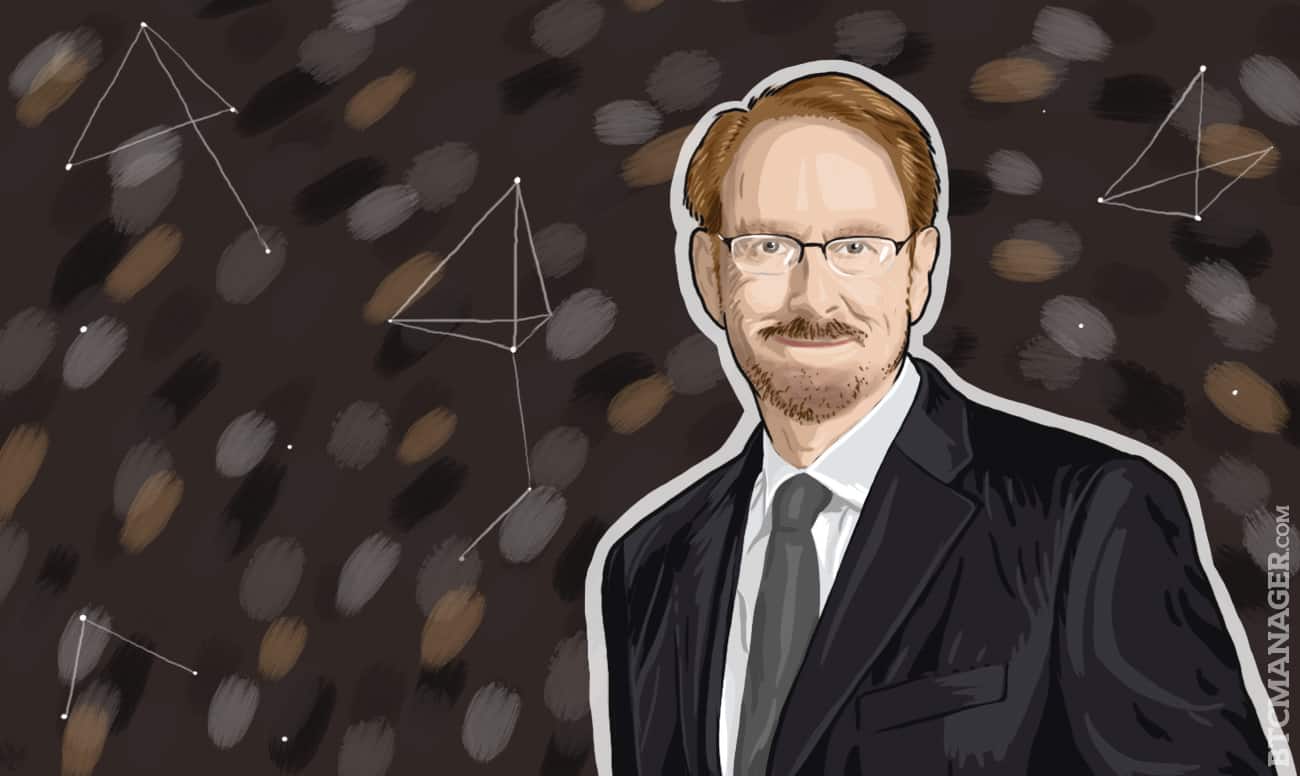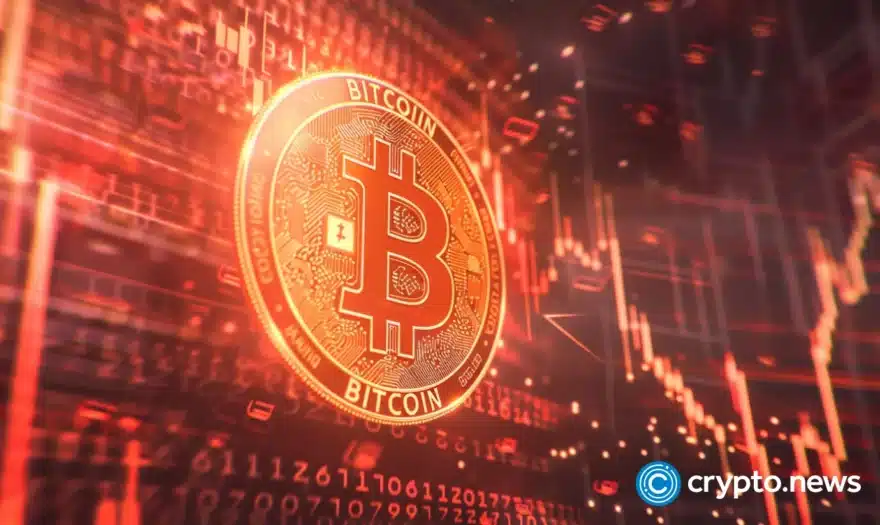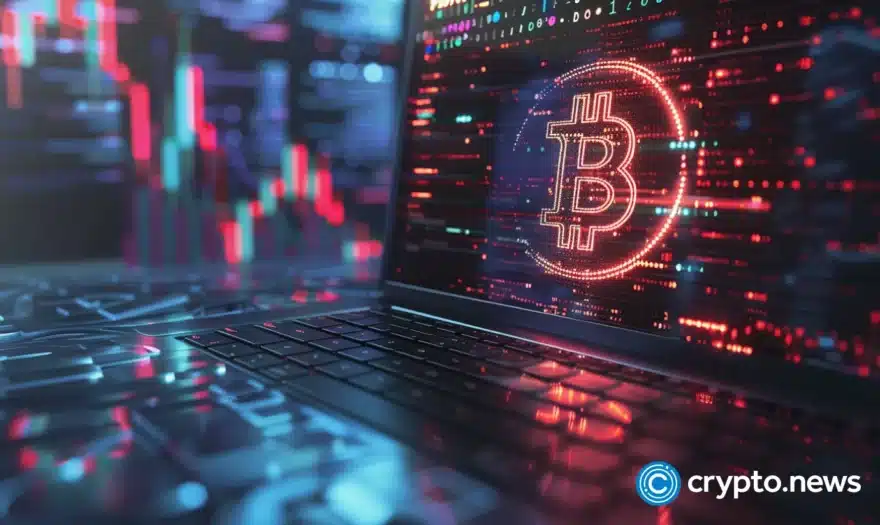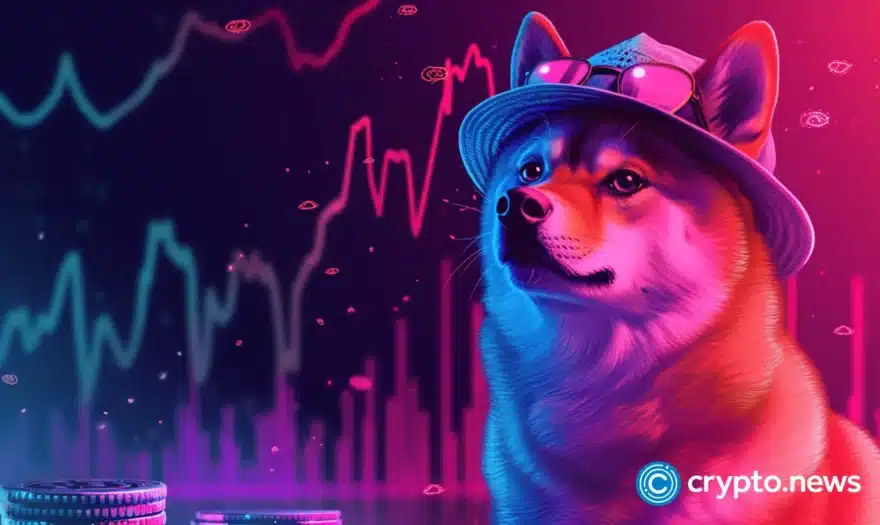Eyeing Tomorrow: Feature Interview With Global Futurist Daniel Burrus

Daniel Burrus loves eyeballing the future. And as one of the world’s compelling thought-leaders on global trends and innovation, he has demonstrated a knack for accurately predicting what’s next for technological change and today’s innovation economy. Burrus is the author of six books, including the New York Times best-seller Flash Foresight: How To See The Invisible and Do The Impossible. He has been featured on CNN, Fox Business and Bloomberg among others, and has been widely quoted in publications like The Wall Street Journal, Financial Times, Fortune, and Forbes. His firm, Burrus Research, examines global advancements in technology and how they become the underpinning of untapped opportunities for enterprises worldwide.
Recently BTCMANAGER had a chance to talk with Burrus regarding several themes related to bitcoin, FinTech and the broader landscape of technological change.
On Becoming a Tech Futurist
Decades ago I found an interest in technology, not only in trying to predict it but more importantly in trying to shape it. I’m inherently a science guy as a result of having taught biology and physics for many years. Later I became intrigued with how all of this related to the world because technology is actually an applied science. This led me on a quest to research global innovations in order to get a better handle on what was going on. It was here that I realized that there were some fascinating transformations taking place in the tech world that are having a profound impact on how we work, live and play.
On Tech Trends
Back in the early ’80s, I identified two types of trends, Hard and Soft, that have held up well over the years. Hard Trends reflect those advancements that will happen whether we like it or not. We can typically see these ahead of time and would be hard pressed to stop them from occurring. They are based on facts, not assumptions and thus cannot be stopped. As with the case of the sun coming up in the morning, hard trends are consistent and predictable.
Soft Trends, on the other hand, might look like they are going to happen but in truth, they are not a future fact. They are based on assumptions, even if they are well-researched. Separating the Hard from the Soft — the things that will happen from the things that might happen — therefore becomes a game changer in terms of gaining an accurate perspective regarding the future.
On Predicting the Future
There is enormous value in knowing what’s going to happen ahead of time, particularly if it’s going to result in a disruption. The good news is that if we look closely, making use of the hard/soft trends model, we can begin to see these changes in advance. Unfortunately, the vast majority of people I cross paths within the business world don’t understand this and thus fail to accurately plan because they think the future is too far away.
On Bitcoin: Hard or Soft Trend?
Bitcoin as a currency innovation is being embraced by growing numbers of innovators in the Silicon Valley community as well as some banks. It has certainly fluctuated in value and faced challenges. So here’s the key question: Is bitcoin a hard trend? Well, when you examine it closely you’ll actually come to the conclusion that it’s a soft trend because it may never reach a level of mass adoption in terms of usage. The Hard Trend is actually cryptocurrency; bitcoin was simply the first broadly recognized form of cryptocurrency. At last count, there are over 100 cryptocurrencies right now. So the question becomes “which one is going to be the leader ten years from now?” That’s a soft trend. The hard trend entails viewing the bigger role that the world of cryptocurrency will play in our lives.
On the Future of Banking
Bank branches in their current iteration are definitely going away. With the advent of ATMs, online mobile apps, and other innovative FinTech solutions, bank customers can do everything they need in terms of transactions without having to go to a physical bank location. So in light of this, how can today’s bank branch survive and grow? The answer: They’ve got to reinvent themselves. The Royal Bank of Canada is just one example of a financial institution that is doing this — in their case through the use of an Apple Store approach.
On Embracing What’s Next
If there’s no urgency in the trajectory of a particular change, people won’t embrace it. Change often starts out slow but then can accelerate rapidly. It used to be that you could ignore changes that were occurring and get away with it. Today, digital disruptions like those taking place within cryptocurrency and FinTech worlds don’t just happen once. Rather, they happen over and over again and come at us faster and faster over time.
On Cycles Versus Exponential Change
Economists are known for predicting the future by studying cycles. Yet there is another type of change that is having a great impact on our prediction ability and that’s what I call “Linear Exponential” change. It’s not a cycle, rather it’s a one-way accelerating curve. An example of this is smart phones where it’s often the case that once you have one, you’re unlikely to go back to a “dumb” phone. So what I’m advocating is, let’s not just look at the cycles, which most of us are accustomed to doing, but also look at those linear exponential changes, those hard trends which allow us to create new opportunities.
On Awareness
We have lots of hard trends taking place right now in financial services. Sadly, many business leaders and customers are missing out because of all of the fog being perpetuated by the news media. There’s a mountain of transformative and predictable technological innovation that, despite its potential, comes and goes like the fog. We are still at the base of a mountain in terms of innovation yet we have the capability of solving some tough problems in the FinTech arena. Today, opportunities exist to create amazing new jobs and services if we become opportunity managers and not get too bogged down in the present minutia.
On Making Sense of Change
I hear people say all the time “It is so hard…. I don’t know how I’ll ever keep up.” My response is always, “Why try to keep up….keeping up is a fool’s game with few advantages.” Instead, I recommend “jumping ahead” of the curve by acting on those things that we’re certain about. Start by asking yourself questions like “is this a here-today-gone-tomorrow trend, or is it a hard trend that is going to become even more so?”
In the FinTech world, one is apt to grapple with questions like, “is paying for things with one’s mobile phone a fad or are we going to be increasingly paying for goods and services this way?” Look at advancements like Apple Pay where consumers are provided a much higher level of security with their money. Because the only thing that’ s exchanged with the merchant when a transaction occurs is a one-time token. This process is called “tokenization.” Imagine if all of the people whose credit information got compromised as a result of the Target hackers a few years back had used Apple Pay — they wouldn’t have had anything to worry about because there would have been nothing for the hackers to steal.
On the Horizon for 2016
In 2016 we’ll begin to better see greater distinctions between what we know as change and something called transformation. The thought here is if you’re only looking at change then you are actually falling behind. The operative question is “how can we transform our lives and our businesses through mobile solutions and digitalization?” In the end, we should all spend a minimum of one-hour a week looking at all of the things we’re uncertain about. And instead of focusing on all of the things we can’t do, we should focus on what we can do. This subtle “soft to hard trend” shift in mindset — one that takes us from “what might happen to what will happen” is what leads to compelling possibilities in the cryptocurrency and FinTech world that can be pursued.
Follow Daniel Burrus on social media @DanielBurrus.












